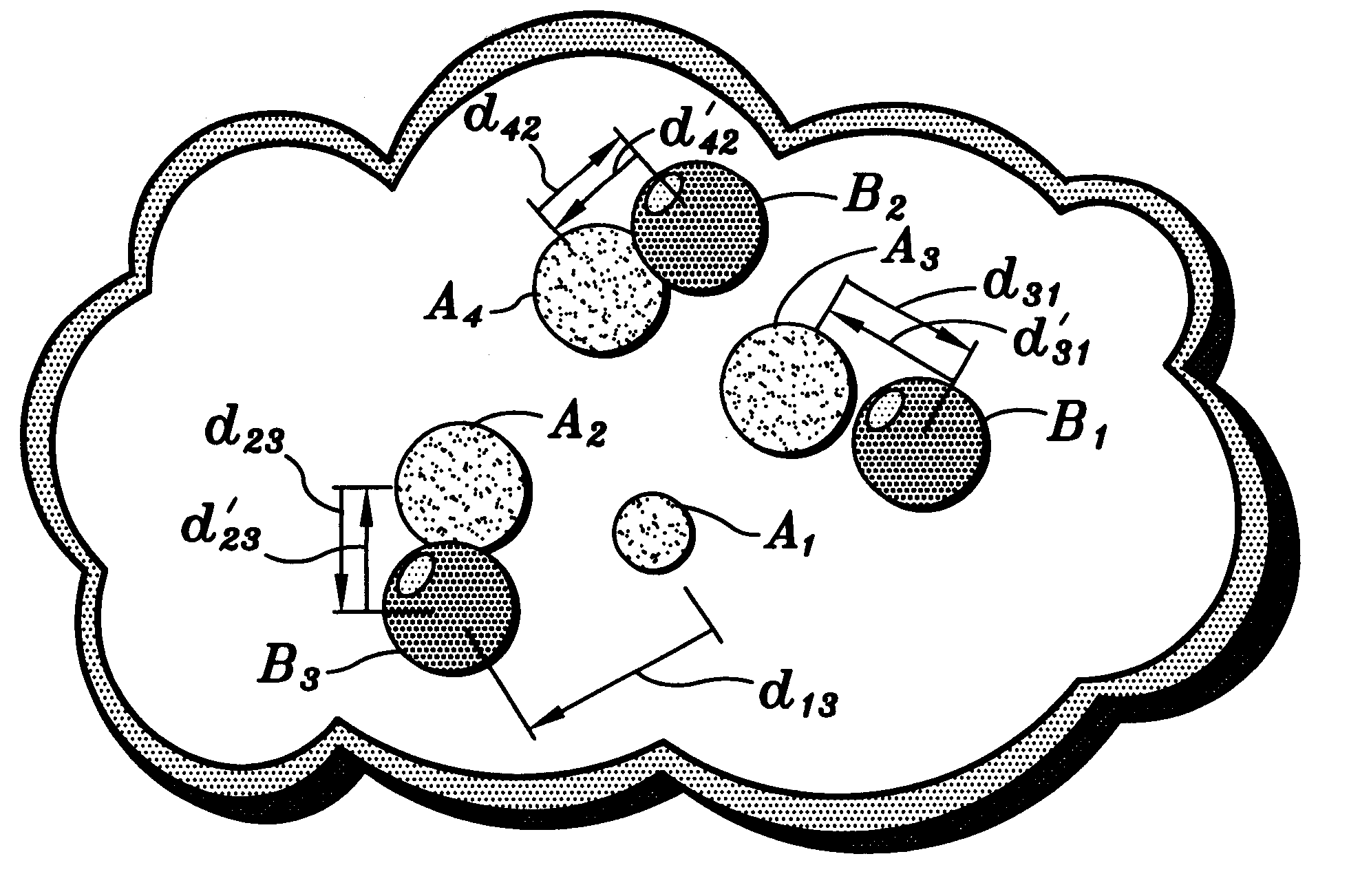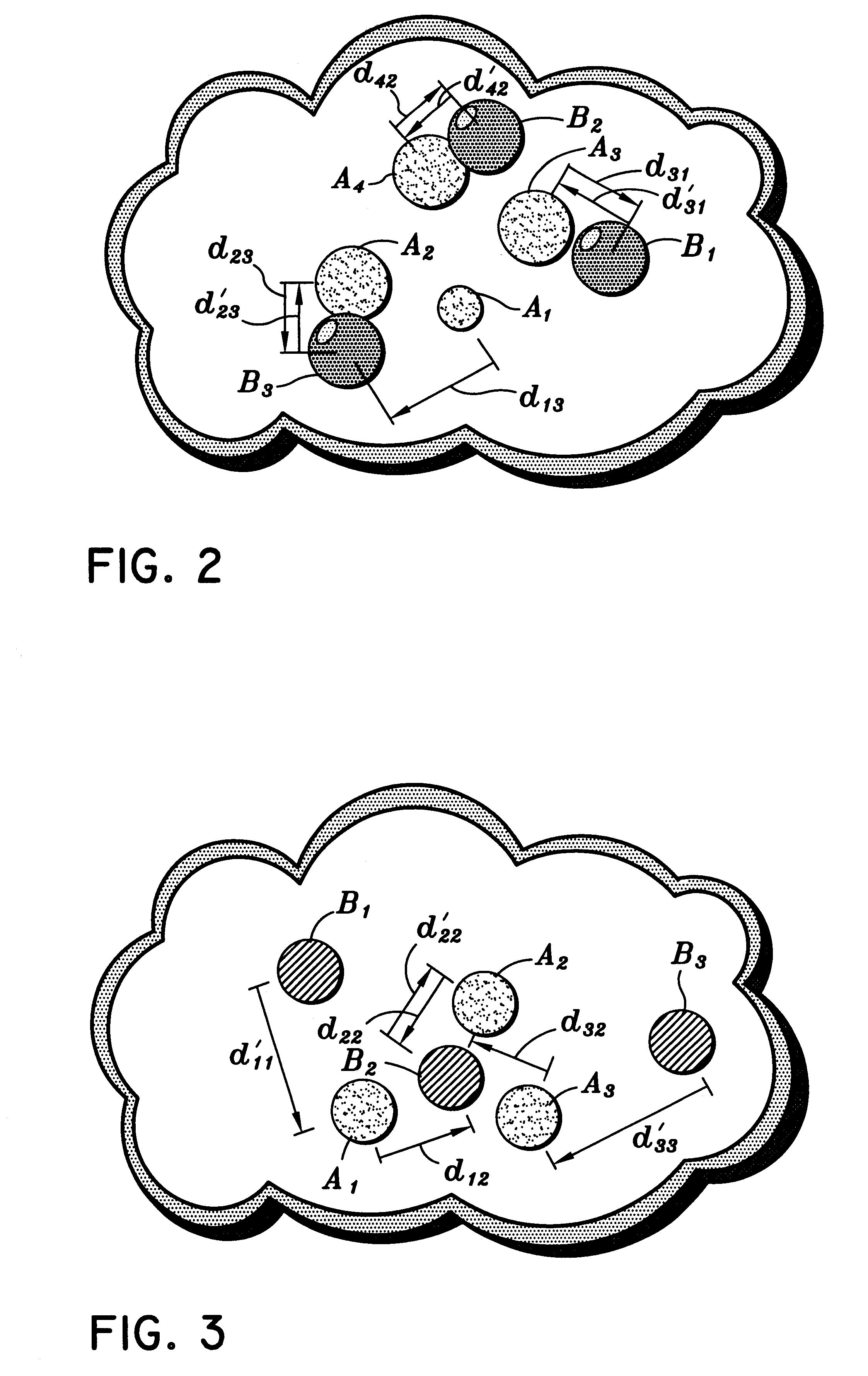Method for measuring distance between collections of distributions
a technology of distributions and distances, applied in the field of methods for computing distances between distribution collections, can solve problems such as the inability to practically recognize speech in a conference of many speakers
- Summary
- Abstract
- Description
- Claims
- Application Information
AI Technical Summary
Problems solved by technology
Method used
Image
Examples
Embodiment Construction
A preferred embodiment of the present invention will now be described in the context of a method for computing a distance between collections of distributions of audio data. However, it is understood that the invention is not so limited and may be applied to essentially any application in which it is desired to measure distance between collections of statistical distributions. For instance, the distance measure can be used as part of a pattern recognition process in imaging applications.
Referring now to FIG. 1, a flow chart of a software routine for implementing part of an exemplary embodiment of the invention is shown. Diagrams illustrating data processing taking place during the individual steps of the routine are depicted adjacent to the respective steps. The purpose of the routine is to extract features from an input audio data segment and then form clusters of features having similar characteristics. Each cluster is approximated by a Gaussian or other centralized statistical di...
PUM
 Login to View More
Login to View More Abstract
Description
Claims
Application Information
 Login to View More
Login to View More - R&D
- Intellectual Property
- Life Sciences
- Materials
- Tech Scout
- Unparalleled Data Quality
- Higher Quality Content
- 60% Fewer Hallucinations
Browse by: Latest US Patents, China's latest patents, Technical Efficacy Thesaurus, Application Domain, Technology Topic, Popular Technical Reports.
© 2025 PatSnap. All rights reserved.Legal|Privacy policy|Modern Slavery Act Transparency Statement|Sitemap|About US| Contact US: help@patsnap.com



